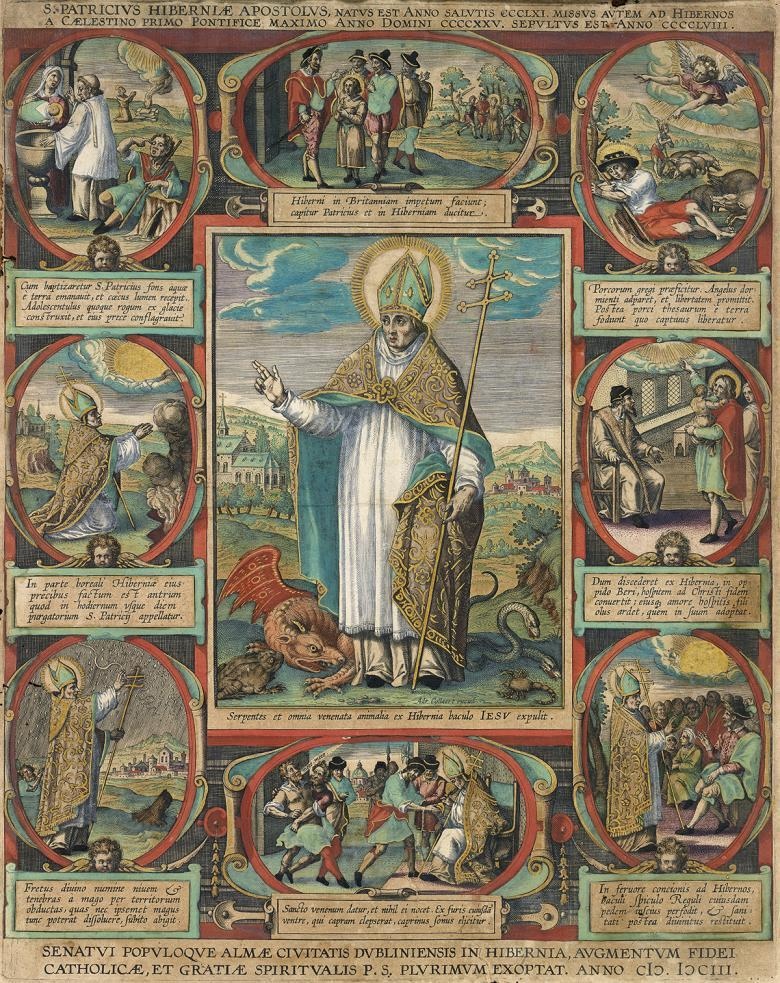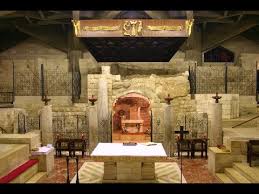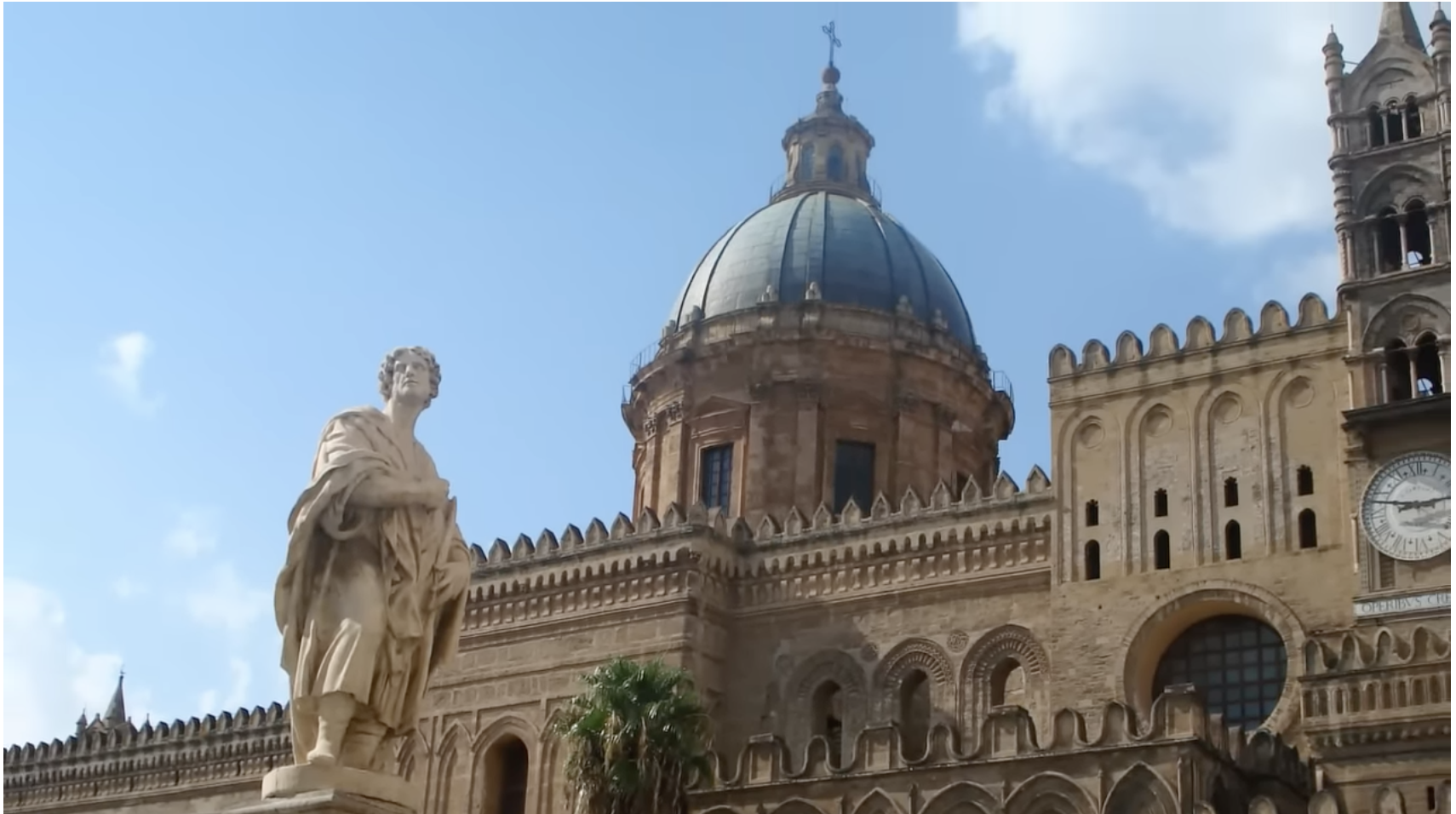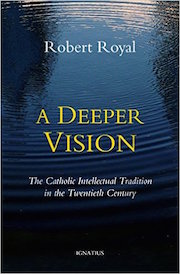One of the most recognizable practices of Passiontide, the two weeks before Easter, is the veiling of crosses and statues inside the church. The familiar faces of the saints lie hidden under purple draping, sharing in the Church’s slow liturgical death, until they are resurrected, as it were, at the Easter Vigil. Amidst the perennial crises facing the Church, we know that God raises up saints for each time, men and women whose gifts and sanctity bring the Church back to her central mission of saving souls. These days, though, you sometimes wonder if the veiling of statues is a metaphor for how saints have somewhat fallen into obscurity in the liturgical life of the Church.
Saints occupy a much less prominent place in the reformed rite of the Mass. The Confiteor offers as a prime example. While the basic wording remains unchanged, the pre-reformed rite twice invoked St. Michael the Archangel, St. John the Baptist, and Saints Peter and Paul. All of those names have disappeared, replaced by a general invocation to “all the angels and saints.”
Likewise in the Roman Canon, long the only and still the normative Eucharistic Prayer, no fewer than forty saints, along with their Queen, were invoked. Those saints survived the reform, but the first Eucharistic Prayer is hardly ever heard. Most of those saints now appear between parentheses, so that even when a celebrant uses the Canon, he has the option of skipping all but eight of those names.
Are the few seconds saved worth omitting that ancient roll call of intercession? And if those saints are unfamiliar to many people, we can only ask whose responsibility it is to remedy that ignorance.
Compounding the problem is the iconoclasm of recent decades, that saw so many sacred images removed and whitewashed, like a family suddenly embarrassed by the pictures of their relatives around the house. Vatican II’s call for a noble simplicity in her rites became a craze for ignoble sterility in her churches.
Perhaps the heaviest veil falls on the basic disappearance of commemorations. When a saint’s feast day coincided with a feast of greater importance, a Sunday for example, the Church celebrated the more important feast but would add the prayers for the saint’s day to those of the main feast. The revised liturgy offers an all-or-nothing approach: with almost no exceptions, when a saint’s feast falls on a Sunday it is simply suppressed.
Liturgically speaking, that saint drops off the calendar for a year. Because any Lenten weekday generally outranks a saint’s feast day, the Church has cleared from the calendar most feast days that could possibly occur during Lent.

The result of this liturgical “de-sanctification” is that the average Sunday-Mass-going Catholic has no encounter with the saints outside his personal devotions. The implied, though incorrect, message undermines Catholic belief in the Communion of Saints, as it downplays the importance of these intercessors and reinforces a Protestant suspicion of saintly superfluity.
Piety, one of the seven gifts of the Holy Spirit, suffers as a result. The elderly woman touching the photograph of her grandchildren to the feet of the St. Anthony statue comes to be seen not as an act of childlike love and trust, but as an outdated and benighted superstition. For a Church that speaks often of “meeting people where they’re at,” the classic hallmarks of simple devotion – votive candles, holy cards, relics, statues – are too often dismissed with an ivory tower disdain.
It would be incorrect to say that we need saints now more than ever, because we always need them. They serve as the refracted prism through which Christ’s light shines in every time and place and state in life.
Given the “stripping of saints” that the Church has experienced, what can a parish and a priest, do to restore them to their rightful prominence in the Church’s liturgical and devotional life?
In the first place, priests should preach the saints. They are the superheroes of our religion, and their stories rival any Hollywood blockbuster. Priests would do well to frequently incorporate them into their homilies, perhaps on a Sunday that coincides with a feast day, or a saint whose life illustrates a given Gospel in a profound way. People will benefit from those stories far more than from the banal ones we too often hear about Father’s hobbies or childhood memories.
Parishes should also make it a point to celebrate their patron saint in a way that fosters a deep bond between patron and parishioners. The average parish will not likely be able to fête its patron the way Venice does St. Mark or Catania St. Agatha. But too often a patronal feast passes by no differently than any other saint’s day on the calendar.
That celebration also speaks to the “scandal of specificity” aspect of Christianity. Of all the saints who ever lived, this one was given to us. With so many parishes merging and being renamed as a result, a trend seems to favor more general names: Divine Mercy Parish or Christ the Light Cathedral. There is something beautiful, though, in the identification of a parish with a particular saint, perhaps an obscure one, whom the parish claims as its own special and heavenly friend.
Finally, priests should encourage acts of piety that give pride of place to the display and veneration of relics. When we honor here the body that will one day reunite with its soul, we have a tangible reminder that we, too, are called to be body and soul in Heaven. We are called to be saints.
This brief list does not pretend to be exhaustive, but it prompts us to reflect upon how the saints, and their prayers, inspire and encourage us. They faced similar challenges and had similar weaknesses, but they kept going. And for us who are still on the way, their light ought to shine brightly, through even the darkest veils, to guide us home.















